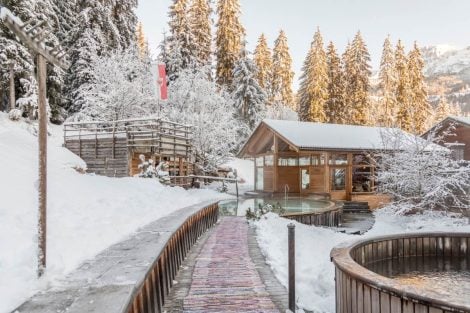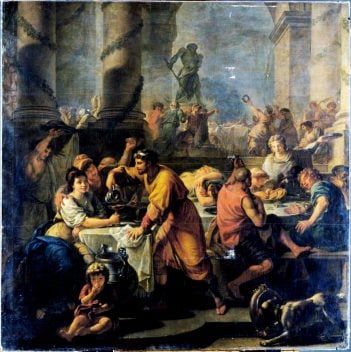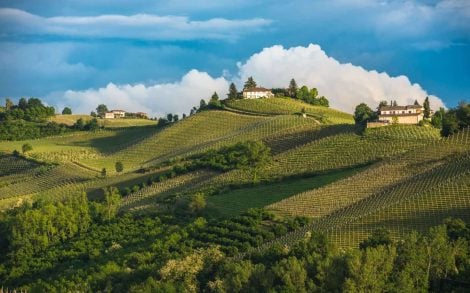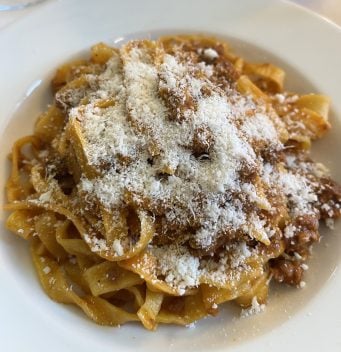There’s something paradoxical in the image of a well-off family retreating into the woods to “disconnect,” while bringing along a better kitchen than many city flats could ever dream of. This is the America of camping — an ancient ritual now caught somewhere between wild romanticism and nature-bound consumerism. Here, where everything should be reduced to the bare essentials, nothing is left to chance.
Camping: a star-spangled cult
In Yosemite, just off the trail to Glacier Point, a family from San Francisco has just lit their fire. The children toast marshmallows on sticks, while their father pours a Chardonnay from Santa Ynez Valley into unbreakable polycarbonate glasses. The scent of burning cedarwood mingles with the smell of wild salmon searing on a portable grill. This isn’t a picnic — it’s a ritual. For many well-to-do Americans, camping is a way of holidaying, but more importantly, it’s a way of belonging to a nation founded on the pioneering myth of nature, freedom, and self-reliance.
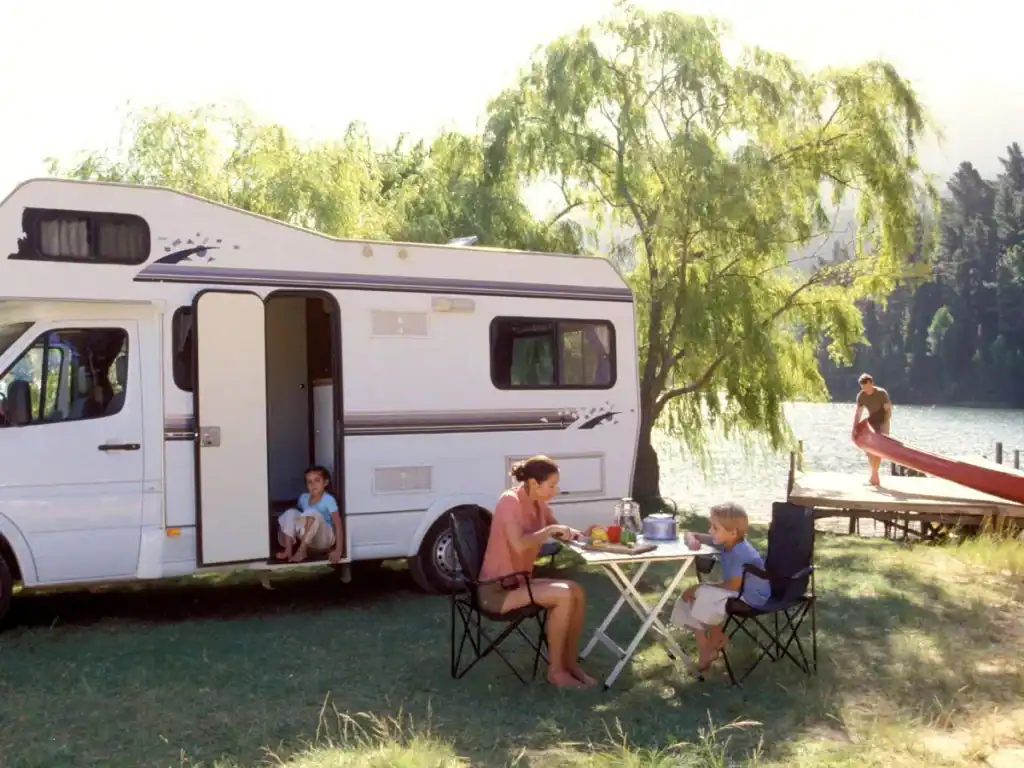
Camping as a collective American identity
Camping as a voluntary escape from modern comfort dates back to the late 19th century, as the US neared full industrial transformation. At that moment, a counter-narrative emerged: the desire to reconnect with nature, not out of necessity, but as a conscious choice. Figures like John Muir — naturalist and founding father of American environmental conservation — and President Theodore Roosevelt, who camped on horseback and slept under the stars in the Dakotas, were at the forefront of a new national imagery: one of a country that, though charging toward modernity, regarded its forests as sacred. That’s how the first National Parks were born — Yosemite, Yellowstone, Sequoia — along with the idea that nature should be lived in, respected, but also traversed with backpack, tent, and enamelware.
Over the years, camping evolved from a spartan activity into a symbol of a particular American bourgeois ideal: self-sufficient, refined, and meticulously organised. In the 1950s, the Airstream — a gleaming aluminium caravan with aerodynamic design — became a rolling icon of elegance, parked in canyons and deserts. Today’s heirs to that vision travel in campers worth more than houses, with fully equipped kitchens, solar panels, and cinema-grade sound systems. But the core principle remains unchanged: bring what you need to cook, eat well, and sleep comfortably — far from everything, in total control of your time. It’s a philosophy taught and practised from a very young age.
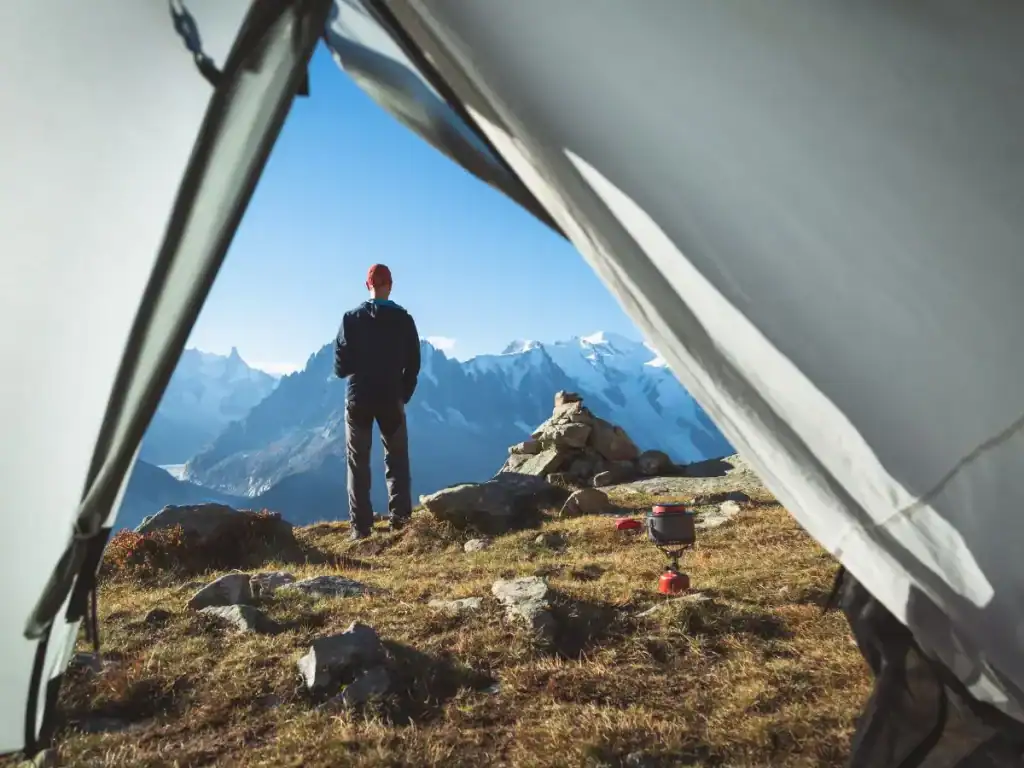
Camping begins in the garden
For families lucky enough to have a garden, the beginning of summer marks the ritual of backyard camping for the little ones. On the first warm evenings, children sleep in tents pitched on the lawn, armed with torches and sleeping bags. They eat cookies, tell ghost stories, and live their first “adventures” in the comfort of their own turf. For teenagers, a rite of passage awaits: the summer camp — one of the most iconic (and psychologically complex) aspects of American camping culture.

Summer camp, nature, and personal growth
Every summer, millions of American teenagers are sent away for two weeks to summer camps, far from home. Set in breathtaking natural settings, these “villages” sit in remote forests or by tranquil lakes. The teens sleep in basic wooden cabins on bunk beds and learn — whether they like it or not — to fend for themselves: make their beds, queue for the showers, fold their T-shirts, and manage hygiene without parents nearby. For many, it’s a traumatic experience that, summer after summer, becomes a fixture — leading to lifelong friendships and unforgettable memories. Days follow a strict yet idyllic rhythm for young campers: kayaking lessons, forest treks, archery, canoe outings, team games, treasure hunts, and painting classes. In the evening, a bonfire is lit: there’s singing, eating, laughter — all led by twenty-something counsellors with guitars and zen-like patience. These are unique summers, defined by unforgettable tastes: cinnamon porridge, banana pancakes, hot dogs roasted over crackling flames. It’s in this setting that a deep bond is formed — with nature, and with the rituals of communal cooking. A powerful imprinting that resurfaces decades later, when those children, now grown, return to camping with their own families, in search of that same carefree freedom.
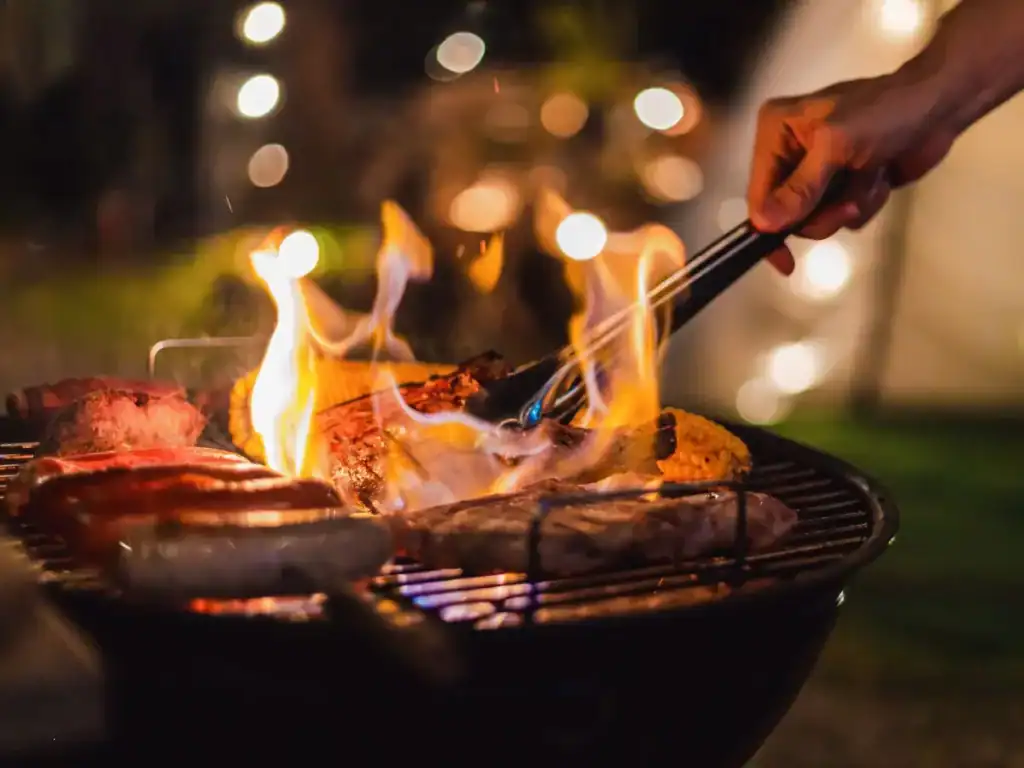
BBQ and dutch ovens: the cuisine of the new pioneers
For a segment of affluent society, camping is a secular religion — a symbolic return to settler roots. But Pioneering 2.0 rolls in with SUVs stocked with portable fridges, multi-purpose tools, and Michelin-star-worthy cookware — all in ultralight format. Food is the star of this nature immersion, playing a central role in the camping holiday. It begins with the barbecue: brushed steel, foldable, fuelled by propane or compressed wood. Steaks are marinated and vacuum-sealed at home, then chilled in solar-powered Yeti fridges. Some even bring Dutch ovens from home — heavy enamelled cast-iron pots with lids buried among the coals, used for baking bread or cooking stews.
Far from being survivalist, meal prep in American camping culture borders on performance art. The menu reliably features grilled meats and flame-charred corn on the cob, trout caught that very morning, a myriad of homemade fermented sauces, ash-roasted tubers, and pickled vegetables. And breakfast? A triumph of scrambled eggs, sizzling bacon, seasonal fruit, steaming mugs of coffee, and mountains of baked beans.
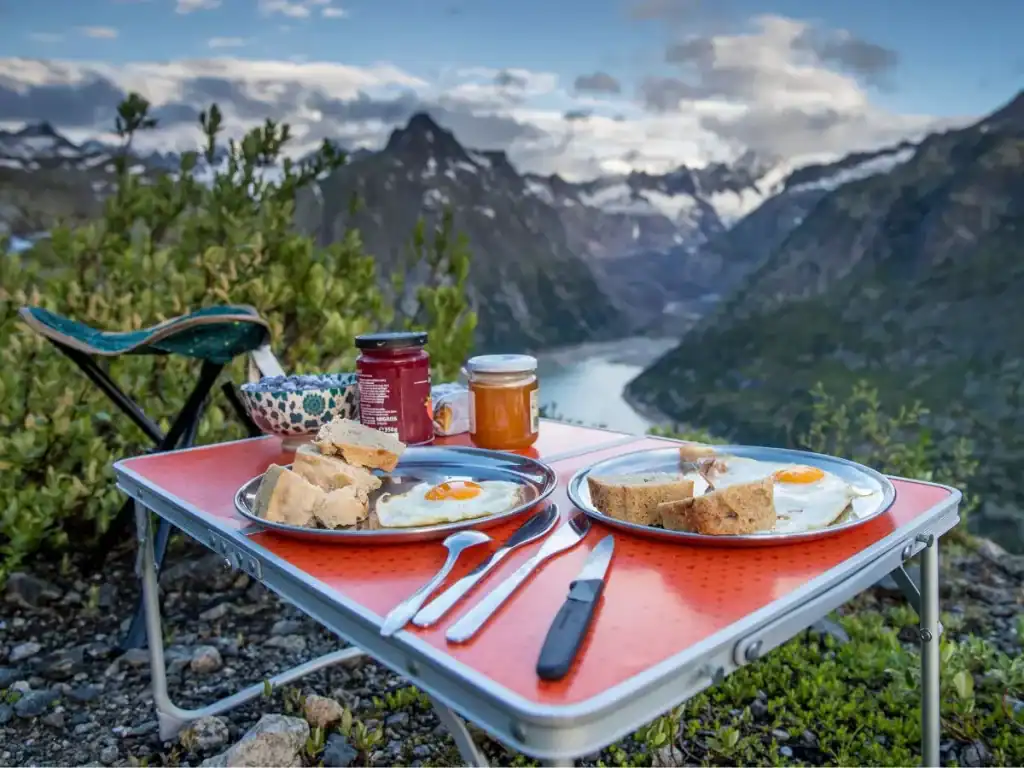
Cooking in the great outdoors
The camper’s life may centre around the tent or van, but everything revolves around the fire: not just a heat source, but the camp’s beating heart. Around it, people cook, eat, share stories — and drink. Wine is kept in thermal bottles; craft beers in cans are carefully selected to pair with the menu. Every detail is designed to make precision seem casual. Behind this lifestyle lies a multi-million dollar industry: ultra-compact stoves (basic models start at $2,000), NASA-grade water filters, wilderness cocktail kits, vintage-look Edison lights to hang from trees, hammocks and folding chairs, manual pump espresso machines for camping. The list goes on. Yes, America camps — but with the provisions of a small army and the aesthetics of a glossy magazine.
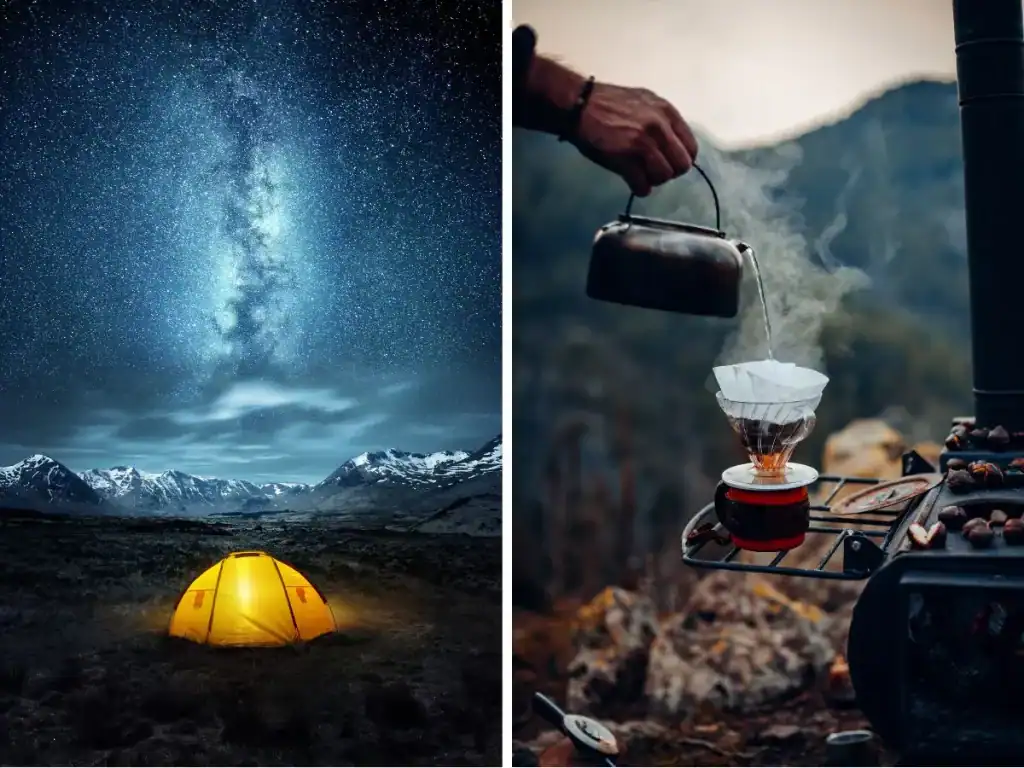
Yet, amidst this functional showmanship, an authentic core survives. For many, camping remains the only space to live in complete peace and self-sufficiency. Where building a fire and cooking slowly means escaping stress, horns, and delivery apps. And where, at the end of the evening, s’mores — those sweet constructions of melted marshmallow, biscuit, and chocolate — reign as the most beloved camping dessert across generations.
In Yosemite, the fire is now glowing embers. The children sleep curled up in their sleeping bags, the bottle is empty. All that remains is the faint crackle of wood and that smoky scent clinging to clothes for days. In the end, that’s what it’s all about: cooking for those you love, far from everything, beneath a vast starry sky. Even the simplest meal, on a night like this, tastes quietly of freedom.

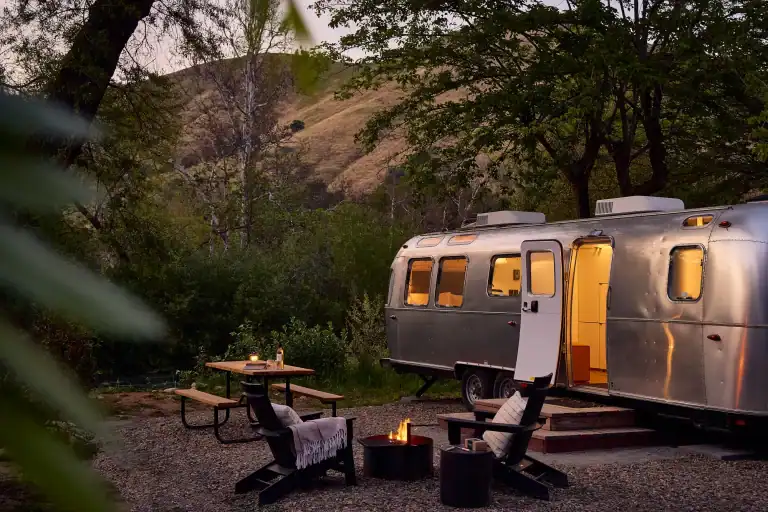
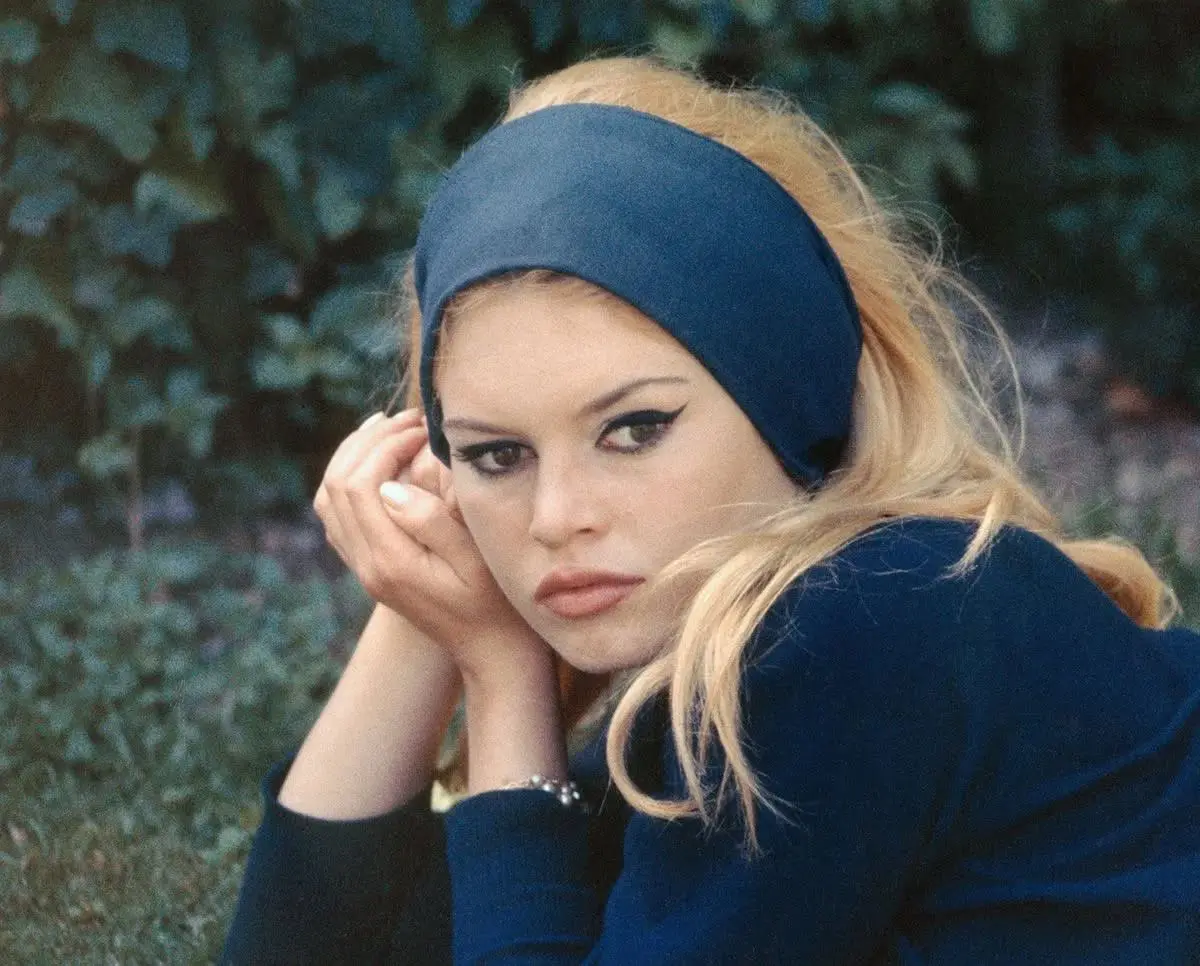 Brigitte Bardot’s final rosé: the wine that marks the end of an icon
Brigitte Bardot’s final rosé: the wine that marks the end of an icon What you need to know about Italy's new decree on dealcoholised wine
What you need to know about Italy's new decree on dealcoholised wine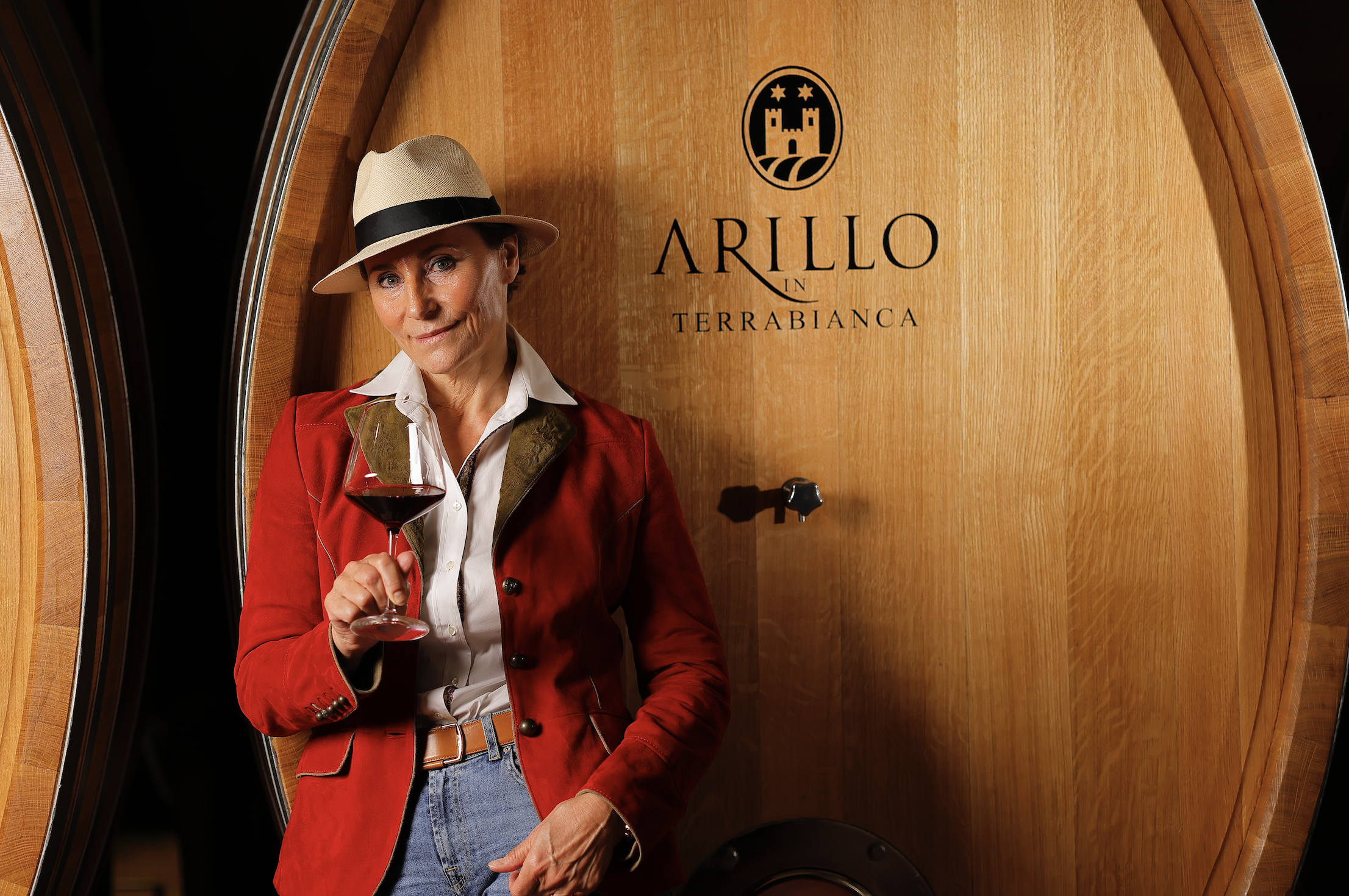 Why Arillo in Terrabianca's organic approach is paying off
Why Arillo in Terrabianca's organic approach is paying off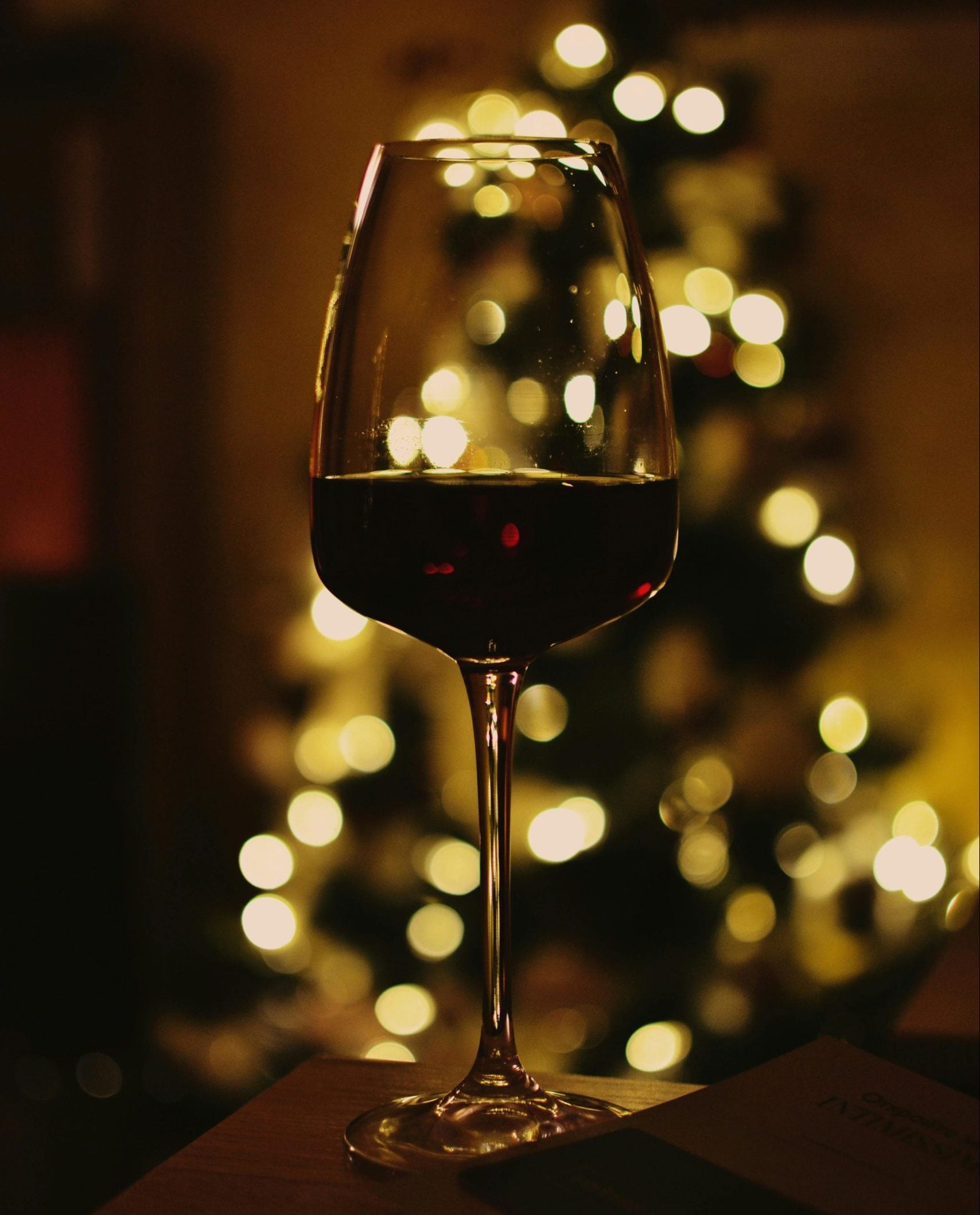 What do sommeliers drink at Christmas?
What do sommeliers drink at Christmas?